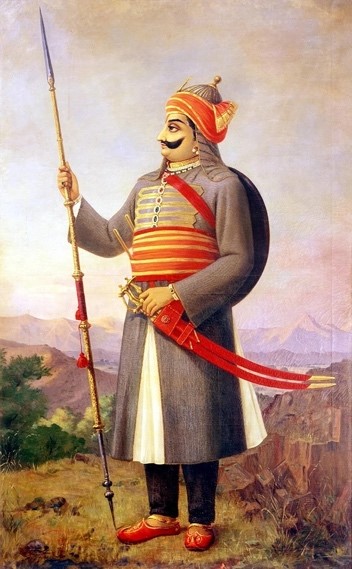




Disclaimer: Copyright infringement not intended.
Context
About
Early life
Military career
Battle of Haldighati
Reconquest of Mewar
Patronage of art
Death
|
PRACTICE QUESTION Q) Which of the following statements with reference to Maharana Pratap is/are correct? 1. The Chavand school of art was developed during the reign of Rana Pratap. 2. His reign began with the defeat of Mughals in the Battle of Khanwa in 1527.
Correct Answer: 1 |










© 2025 iasgyan. All right reserved